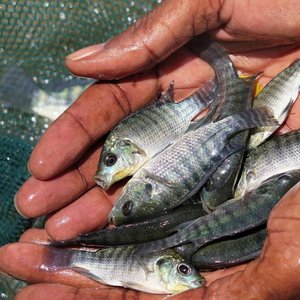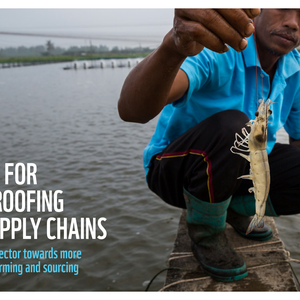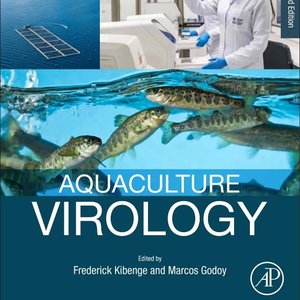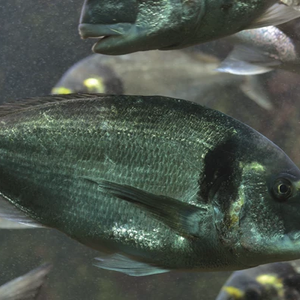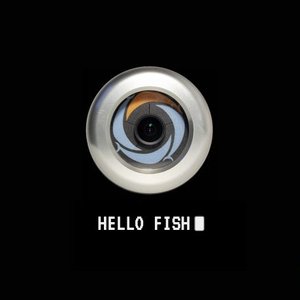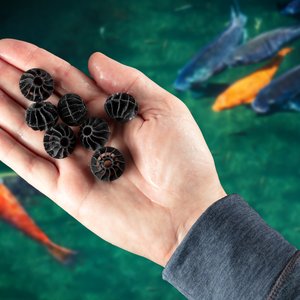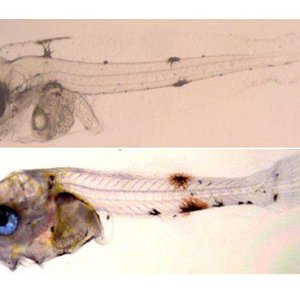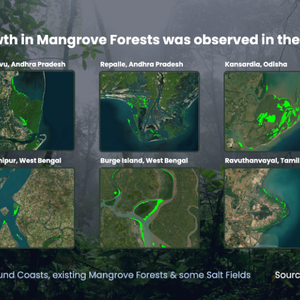EUMOFA published a new study Recirculating Aquaculture Systems which aims to provide a better understanding of RAS within the EU's aquaculture sector, in particular its size and potential for growth. The analysis includes a special focus on Atlantic salmon, trout and yellowtail kingfish.
It is estimated that the demand for fish for human consumption would double to at least 220 million tons by 2050. The aquaculture sector is expected to contribute significantly to meet this need and provide over 70% of the volume. The study reports that production of fish for human consumption in RAS was relatively stable at 1,5 to 2% of the total aquaculture production in the EU between 2009 to 2018, with an average yearly volume of nearly 24,000 tons. RAS production is dominated by a few countries, namely Denmark, the Netherlands, France, Germany, Poland and Spain, which together accounted for 92% of the production in 2018.
Due to the increased demand for sustainable food and transparent supply chains, the study found that the two main drivers for RAS growth are:
- Its apparent low environmental impact. RAS may reduce both water consumption and adverse effects on local ecosystems compared to conventional aquaculture and near-market production likely generates fewer emissions from transport.
- The proximity to market for high-value species, such as shrimp or yellowtail kingfish (for which natural conditions for traditional aquaculture would otherwise not be available in the EU). Near-market production can also provide higher food security with lower transport costs and reduced dependency on international freight capacity. International market closures and trade limitations caused by the COVID-19 pandemic have emphasized the importance of this.
The study states that RAS production is technologically complex compared to traditional production methods. It has a long history in freshwater environment (e.g. portion trout, eel and smolt), but is immature in terms of commercialized large-scale production of market-sized fish in saline water environment. According to the study, despite technological developments in recent years, there are still risks associated with RAS operations, such as:
- Operational risks related to the functioning of the system
- Financial risks related to the high investment and high operating costs
- Market risks related to the higher market prices to justify the higher costs
- Social and regulatory licensing.
Download the study here.



